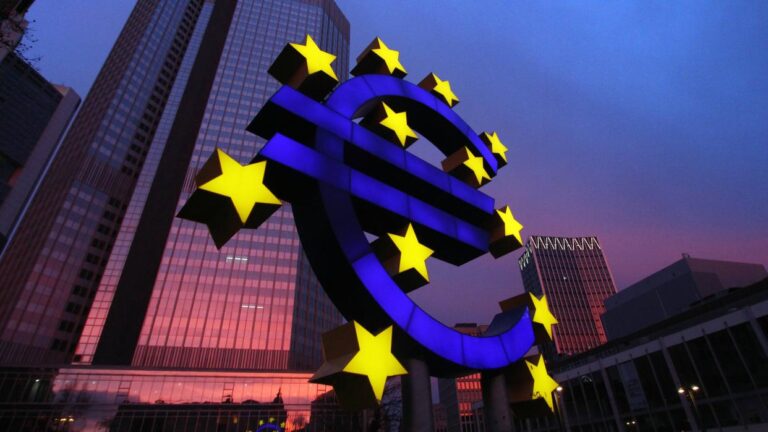
Morning Brief – Budget delay
Following Rishi Sunak’s first full day in office yesterday there is an emerging feeling of relative calm within UK assets. The bond market appears to have been the driver of many wider asset flows with global yields falling as debt investor confidence begins to return. In the UK, yields, particularly on very long dated debt, have fallen as the stresses that the Truss government was expected to create in long term funding markets have subsided. There seems to be an emerging feeling that the fiscal profligacy which prompted markets to sell off some weeks ago has been sufficiently diluted by the Chancellor Jeremy Hunt to an extend that it will be fundable within more reasonable debt discounts. Despite the budget being delayed until later in November, markets remained relatively calm interpreting the delay in the name of unifying governmental departments behind a common and sustainable fiscal narrative.
As a result of the winding back of many of the fiscal policies promised by the Truss-Kwarteng duo, the consumer will find it harder to sustain their current level of spending. The core of the spending package proposed by the former government and that responsible for the vast majority of expected future government debt was the energy price subsidy. We do not have the complete details on the package that will remain but it is clear that this government intends to rollback many of the costly elements of the former package. Whilst this may have allowed markets to cool off in the past few trading sessions, traders will certainly once again attack GBP and other UK assets if and when the economy shrinks as a result of the rollback of these measures.
We have recently seen weak consumer confidence numbers become a currency defining feature as markets continue to monitor the health of private spending in economies worldwide. In the US only on Tuesday, a very weak consumer confidence publication forced a one-cent correction in the US Dollar forcing EURUSD subsequently back above parity. Constraints upon the consumer mean that economic growth is threatened with private consumption being a major component of GDP. However, it also means for investors that central banks will not be able to raise rates as quickly and likely also to a lower peak than in an environment of greater consumer resilience. In the current relative calm, keep an eye on faster moving consumer data to see whether the scaling back of fiscal intervention derails private consumption behaviours.
Discussion and Analysis by Charles Porter

Click Here to Subscribe to the SGM-FX Newsletter
Related Insights

Daily Brief – Friday night US Markets
Friday night US Markets There was an element of the US stock market temporarily running out of oxygen at the heady heights that it had reached and looking for an excuse to take profits/sell. That excuse was provided in spades by POTUS who pronounced that he would implement much higher tariffs against China. That was […]

Daily Brief – EU Expansion
EU Expansion With expansion once again on the EU agenda this week and a report saying that more than half the population of the EU are keen to expand the bloc further, it is worth looking at the official candidates: Albania, Bosnia and Herzegovina, Moldova, North Macedonia, Serbia plus Turkey and Ukraine with Kosovo as a […]

Daily Brief – FX Rates in 2035
FX Rates in 2035 Goldman Sachs yesterday published their long term forecasts for FX rates in 2035. Those forecasts are based on the “mean-reverting behaviour of real exchange rates adjusted for structural factors such as productivity growth and terms of trade”. Before getting too excited, it is worth pointing out that using that methodology is exactly how […]



 Humphrey Percy
Humphrey Percy